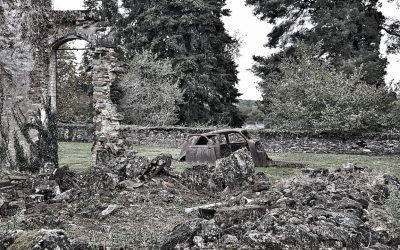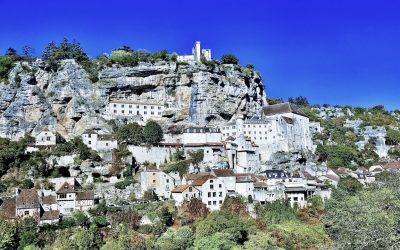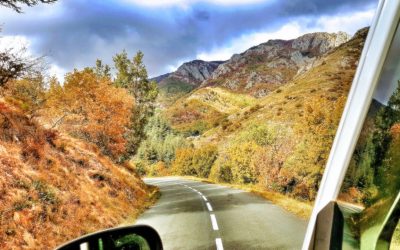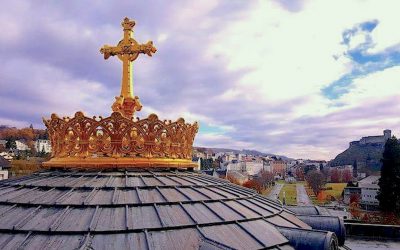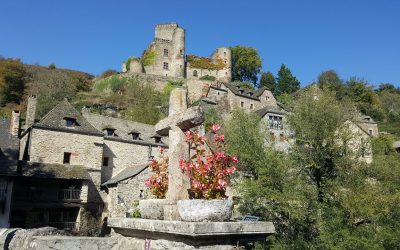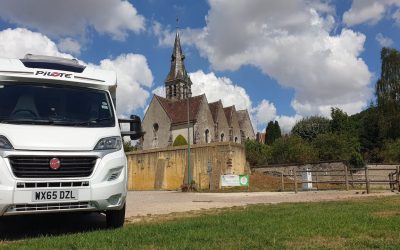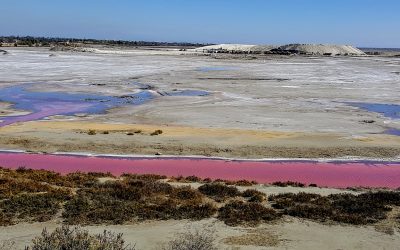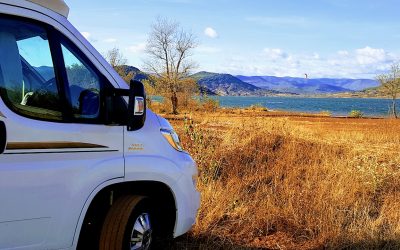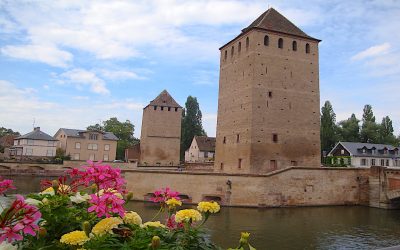Oradour-sur-Glane, an unassuming name on France’s map that looks like any other of its neighbours. Yet this innocuous village bears deep...
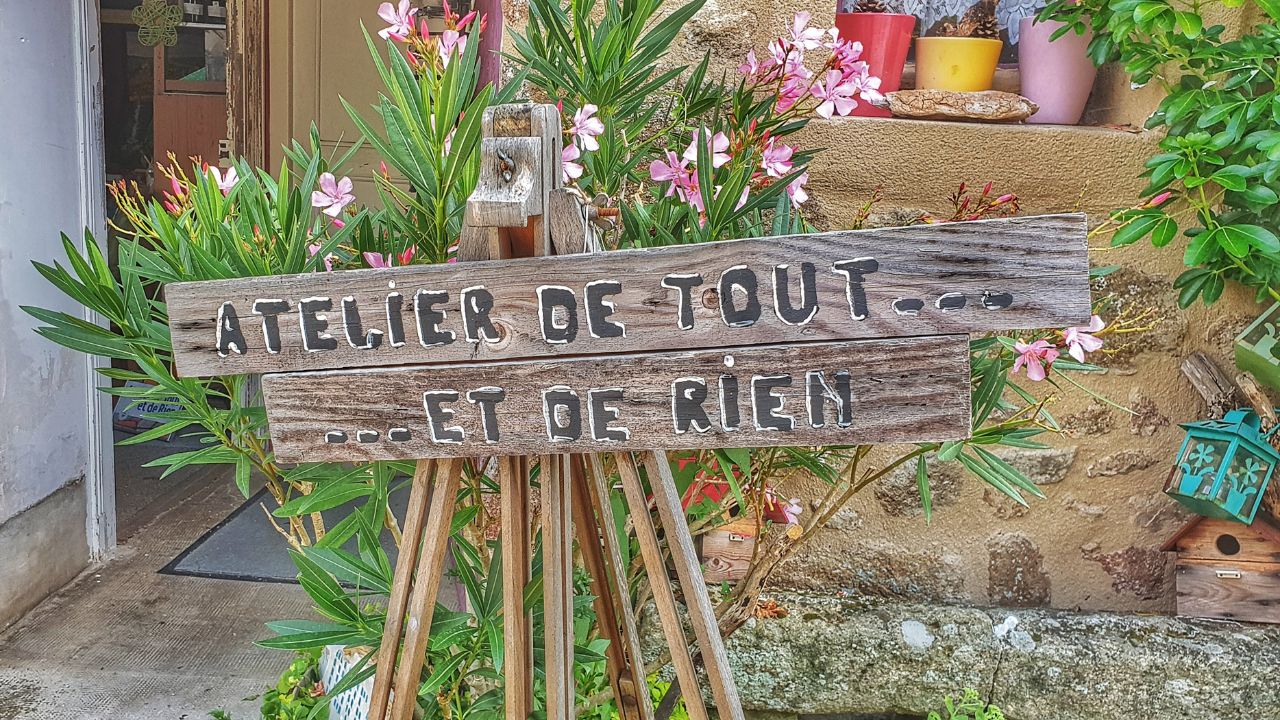
France
France
Vive la belle France. Hop across La Manche and you are into a world of baguettes, tasty cheese all washed down with a touch of classic French red! Except France has so much more to offer. With 96 counties, all with completely different cultures and styles, France’s diversity will keep you entertained. From coast to WW Memorials, record breaking dunes, mountains and beautiful villages dotted across the country. We’ve spent many a month enjoying its delights. Check out our blogs for some French appetisers.
Rocamadour – France at its best
Rocamadour is one French landmark that we have been trying to get to for nearly three years and for one reason or another, it...
A Private Parley With France
France what a delight you are. Just when I think you can’t amaze me any more, you throw us a surprise that just endears you to...
France’s Best Natural Parks
France is one of Europe's most popular destinations and with just under 250,000 sq miles, you could be forgiven for not seeing it all....
A spiritual journey to Lourdes
Whatever your religious beliefs, Lourdes is worth a visit - out of season!On a cold November morning snug underneath the duvet, an air of...
Les Plus Beaux Villages de France: An insight
Travelling opens up our horizons and our experiences as we move out of our own country comfort zones and into a different...
Troubleshooting Motorhome problems in France
So, it's been an interesting fortnight at Motoroaming HQ as we took time out to see our French friends in Toulouse as we were in the...
Camargue’s Stunning Diversity
France's Camargue - the land of true diversity Imagine travelling through the heart-land of a delta region - what jumps out at you? Is it...
Lake Salagou: The hidden gem in southern France
Imagine a beautiful lake encased within a basin of iron-red earth that in the autumn is home to yellow and rust-coloured trees dotted...
Visiting Strasbourg & Colmar
After the mountain scenery of Lake Geneva, Lac Léman to the locals, we moved through Switzerland into the Alsace region of France with...
A trip to St Tropez in France
When we left Annecy’s majestic mountains for Provence, I had a romantic image of ochre coloured houses and fields of lavender. The...
Follow us
You can find us on social media,
different channels for different content.

